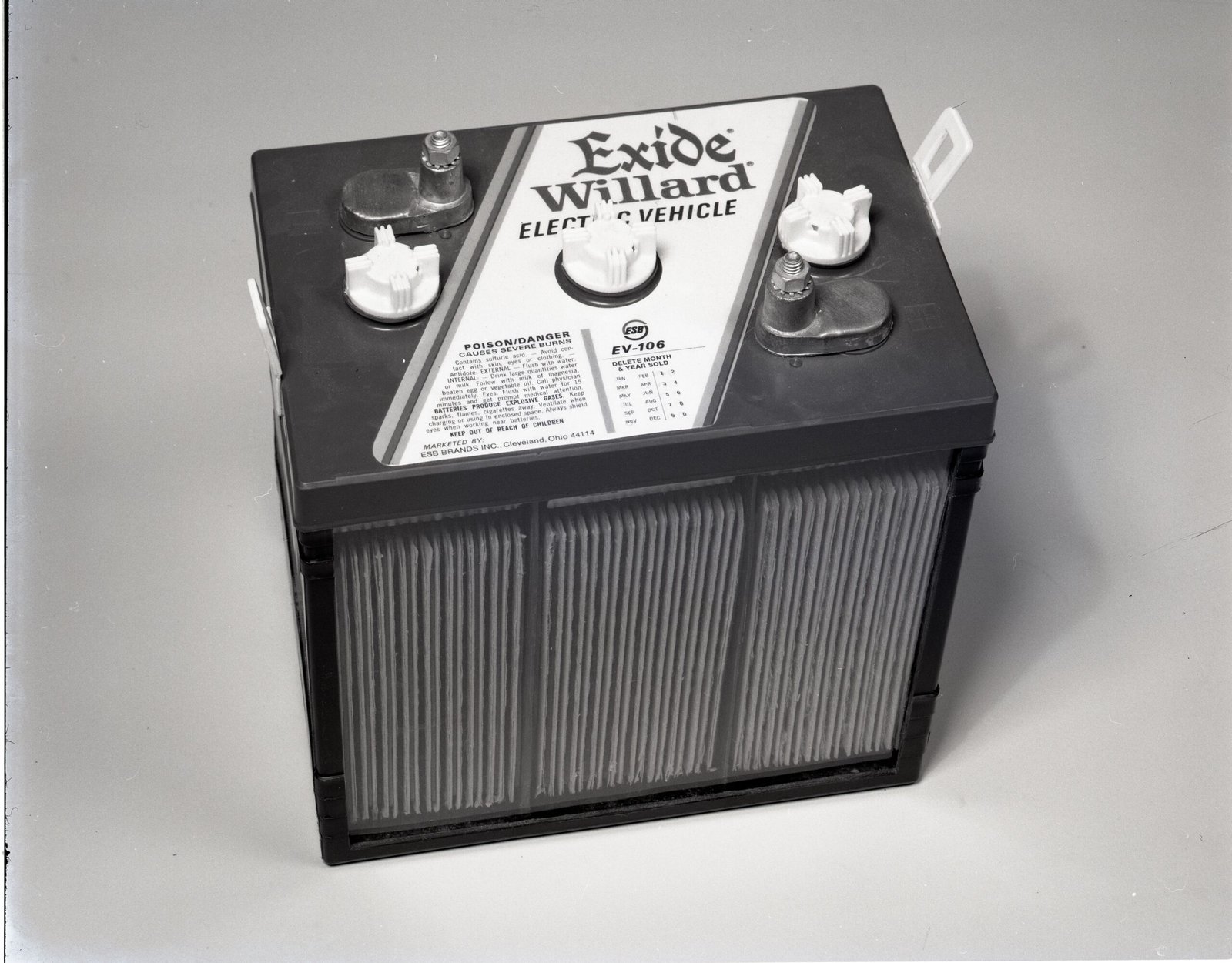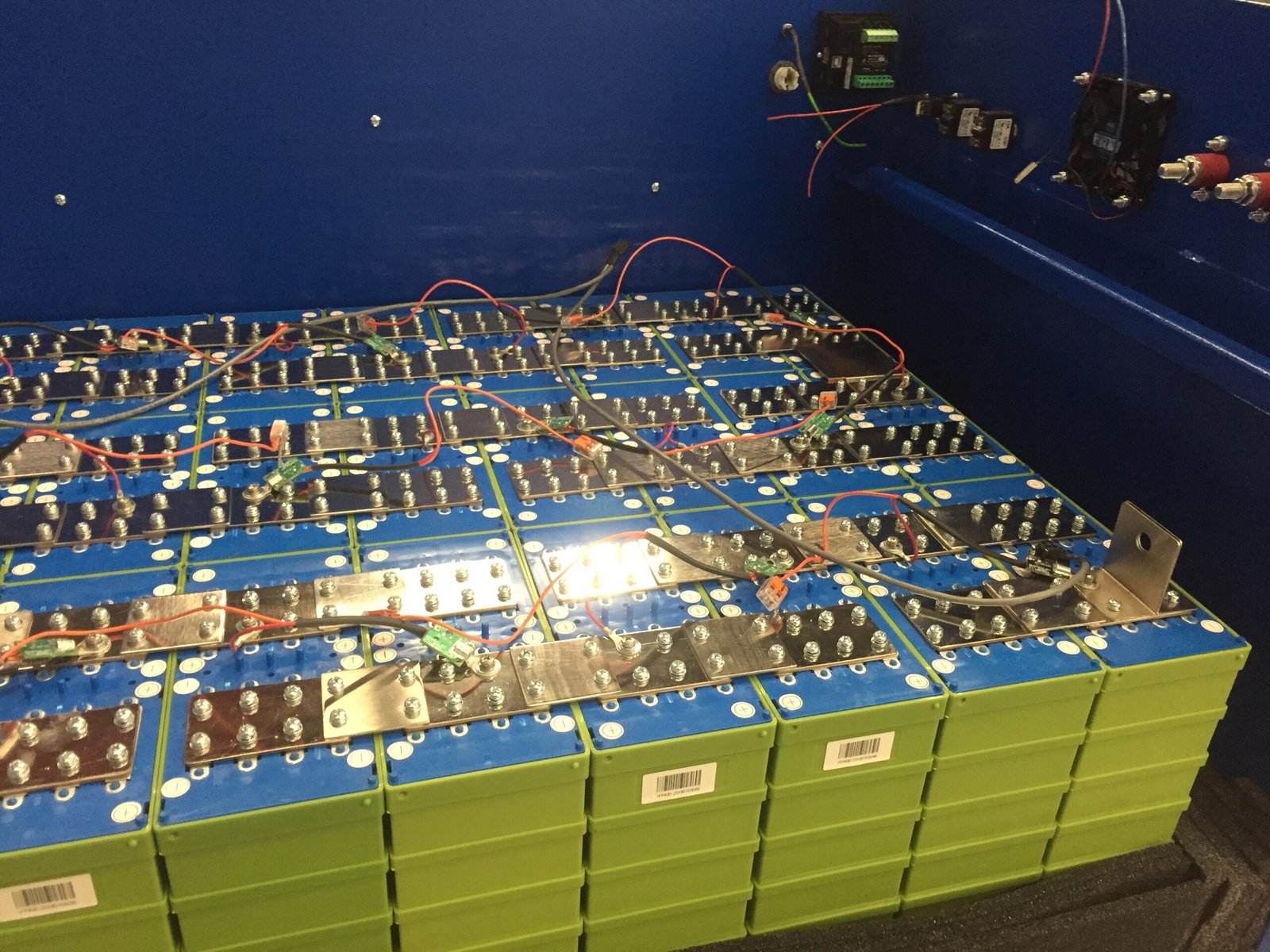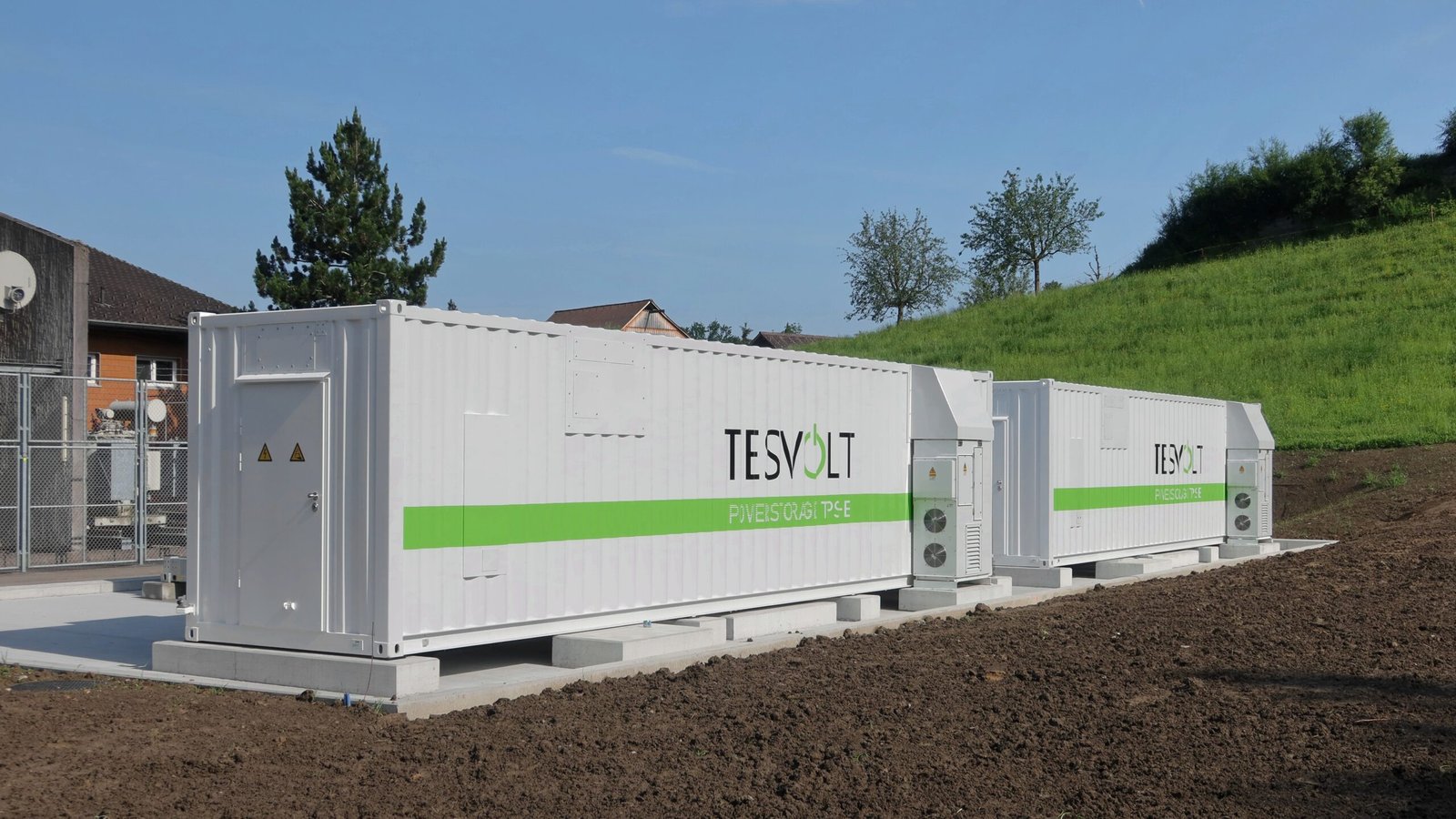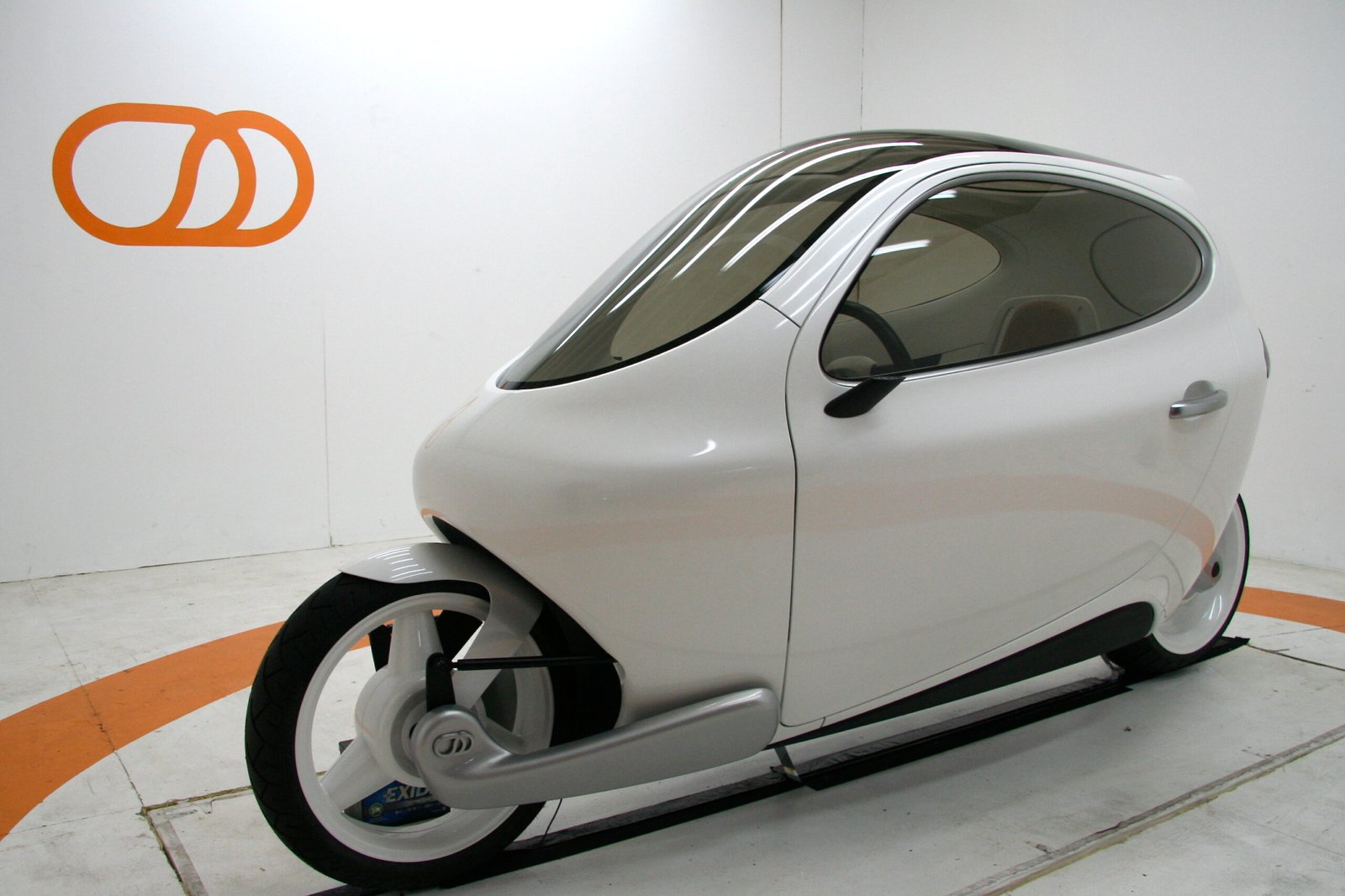It’s easy to be swept away by the electric car revolution. The whir of a silent engine, the thrill of guilt-free acceleration, and the promise of cleaner air have turned electric vehicles (EVs) into symbols of a greener tomorrow. But behind the shine of every new EV on the road lies a hidden dilemma that few dare to ask about: what happens to all those massive, powerful batteries once their driving days are over? As millions of batteries reach the end of their life, the world faces an environmental challenge that’s as urgent as it is invisible—and its outcome could shape the future of our planet.
The Rise of Electric Cars: A Double-Edged Sword

Electric cars are hailed as saviors in the fight against climate change, offering a path away from the choking smog of gasoline engines. Their popularity has soared, with sales doubling in some countries year after year. Yet, every EV depends on a lithium-ion battery, an engineering marvel packed with metals and chemicals. While these batteries enable clean driving, their production and disposal create a new set of environmental headaches. The more we push for electric vehicles, the more we must confront the growing mountain of spent batteries—a problem many didn’t see coming.
What’s Inside an EV Battery?

At the core of every electric car is a lithium-ion battery, often weighing hundreds of kilograms. These batteries are made from a complex cocktail of materials: lithium, cobalt, nickel, manganese, graphite, and a web of plastics and metals. Each element serves a crucial role in storing and delivering electricity. But these same materials can be hazardous if not handled correctly after the battery’s life ends. Disposing of or recycling these batteries is far more complicated than tossing out a set of double-A’s—it’s a chemical puzzle with real-world consequences.
The Problem with Battery Lifespan
Most EV batteries last between 8 and 15 years, depending on usage and climate. But as electric cars age, so do their batteries, eventually losing the ability to hold a charge. When that happens, replacement becomes necessary. This means millions of batteries, some as big as a mattress, will soon be piling up. Unlike traditional car parts, old batteries are bulky, toxic, and flammable. If they’re simply abandoned or dumped in landfills, they risk leaking harmful chemicals into soil and water, posing threats to both people and wildlife.
Landfills: The Worst-Case Scenario

Imagine mountains of dead batteries, slowly corroding in landfills. It’s a nightmare for environmentalists. Lithium, nickel, and cobalt in these batteries can seep into the ground, contaminating water sources and harming ecosystems. Worse still, lithium batteries are prone to fires if damaged or exposed to moisture, creating hazards for waste workers and surrounding communities. Sadly, in many parts of the world, old batteries still end up in dumpsites, forgotten and festering.
Recycling: A Ray of Hope

Recycling offers a lifeline to the electric car’s battery problem. Specialized facilities can extract valuable metals from dead batteries, reducing the need for new mining and lowering environmental impact. The process involves shredding batteries, separating out metals, and purifying them for reuse. Yet, less than 5% of lithium-ion batteries are currently recycled worldwide. High costs, technical challenges, and lack of infrastructure have kept recycling from reaching its full potential. If we don’t improve, we risk wasting precious resources and worsening pollution.
The Science of Battery Recycling

Recycling an EV battery isn’t as simple as tossing it in a blue bin. First, batteries must be safely disassembled to avoid fire or toxic exposure. Then, advanced chemical processes—like pyrometallurgy and hydrometallurgy—are used to recover metals. These methods can reclaim up to 90% of certain materials, but they require enormous energy and careful handling. Innovations are emerging, aiming to make recycling cleaner and more efficient, but the technology isn’t yet widespread.
Second Life: Repurposing Old Batteries

Not every battery that’s too weak for a car is ready for the scrap heap. Many still hold enough charge to be useful in less demanding roles. This has sparked a new industry: giving old EV batteries a “second life.” Companies are collecting used batteries and turning them into stationary storage for renewable energy, like solar and wind power. These batteries can power homes, support the electric grid, or provide backup during outages. It’s an inspiring example of turning waste into opportunity.
The Human Cost of Battery Waste
Behind the technology lies a human story. In places where battery recycling isn’t regulated, workers sometimes break down batteries by hand, risking exposure to toxic chemicals and fires. Children in developing countries are often involved in informal recycling operations, suffering from health problems linked to heavy metal exposure. The rush to dispose of or recycle batteries cheaply can create social and ethical problems that are too often ignored in the electric car conversation.
Global Efforts and Regulations
Governments and industry leaders are waking up to the looming battery crisis. Some countries are passing laws requiring EV makers to take responsibility for their batteries, ensuring they’re collected and recycled properly. The European Union, China, and parts of North America have set ambitious targets for battery recycling rates. Major car companies are investing in closed-loop systems, where old batteries are routinely collected and their materials reused to make new ones. Still, enforcement and infrastructure lag behind the surge in electric car adoption.
Innovations on the Horizon

Researchers and entrepreneurs are racing to make battery disposal safer and more efficient. New battery designs use fewer toxic metals, making recycling easier. Some startups are developing ways to recycle batteries using less energy and fewer chemicals. Others are finding ways to track batteries through their entire life cycle, ensuring none are lost or abandoned. The hope is that, with enough innovation, the electric car industry can solve its own dirty secret and truly become a force for good.
The Road Ahead: Can We Clean Up Electric Cars for Good?

The electric vehicle revolution is far from perfect, but it’s not too late to address its hidden costs. As more people switch to EVs, the world must invest in safer disposal, smarter recycling, and responsible management of battery waste. Consumers, automakers, and policymakers all have a role to play in ensuring that the green promise of electric cars doesn’t come at a hidden environmental price. Are we ready to face the electric car’s dirty secret and build a cleaner future for all?




